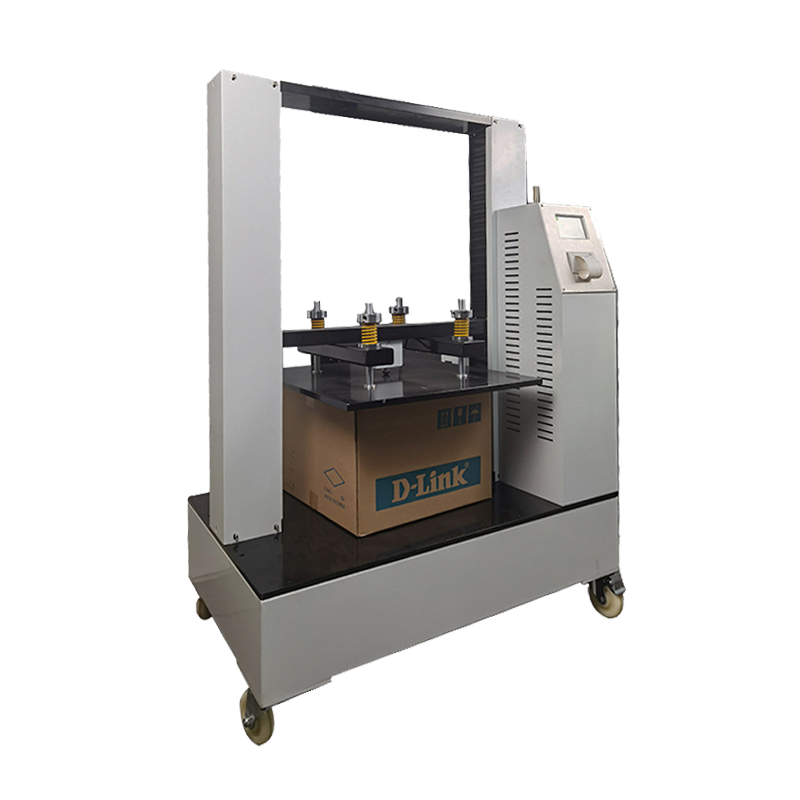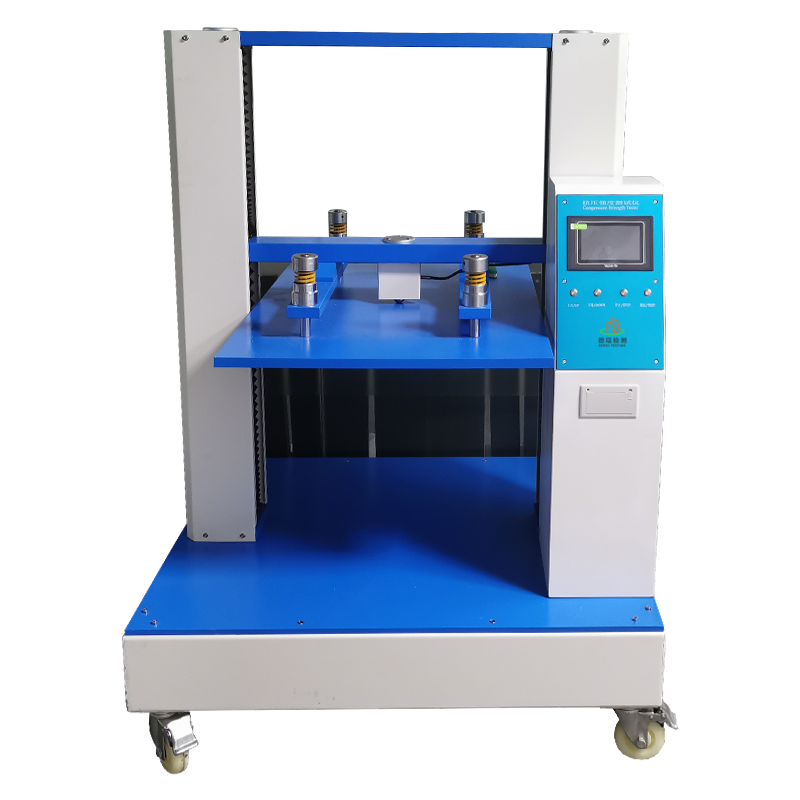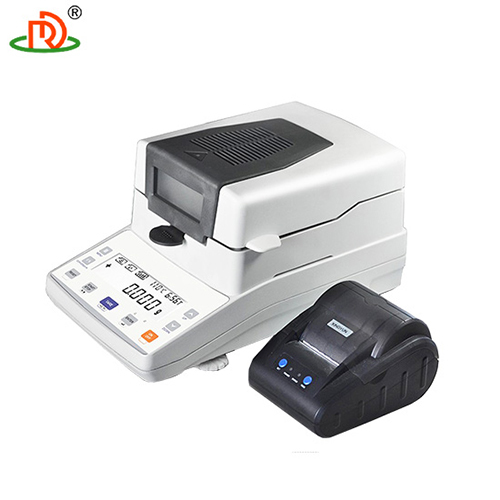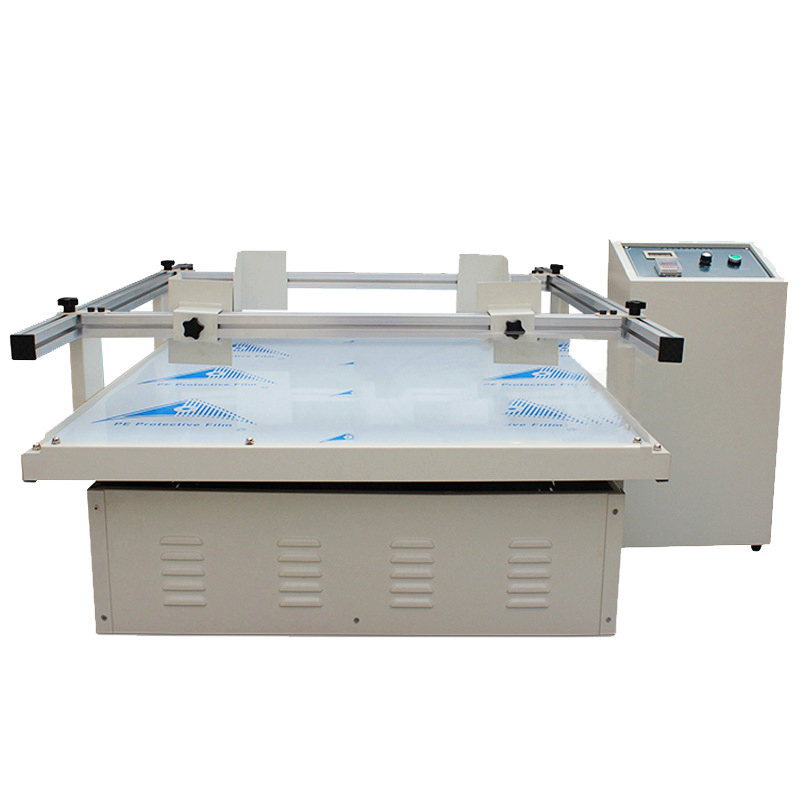

Building materials packaging compression testing machine equipment
166005.0 INR/Unit
Product Details:
X
Building materials packaging compression testing machine equipment Price And Quantity
- 166005.0 INR/Unit
- 1 Unit
Building materials packaging compression testing machine equipment Trade Information
- Cash in Advance (CID)
- 100 Unit Per Month
- 5 Days
- All India
Product Description
1. Equipment overview
The building materials packaging compression tester equipment is a high-precision test equipment specially designed to evaluate the compressive strength, deformation performance and overall structural stability of building materials packaging (such as corrugated cartons, wooden boxes, pallets, strapping materials, etc.) under static compression load. Since construction materials are usually large and heavy, the requirements for compressive capacity and stability of packaging are extremely high, so this equipment has a crucial role in the building materials industry. The equipment ensures the safety and reliability of building materials packaging in various environments by simulating actual transportation, storage and stacking conditions.
2. Main Functions
Compressive strength test: Measure the maximum compressive capacity of the package in the vertical direction according to the relevant standards (e.g. ASTM D642, GB/T 4857.4, etc.), and evaluate its load-bearing capacity in the process of stacking, transportation and storage.
Deformation test: Record the deformation of the package under compression load, assess the degree of deformation and recovery ability, and ensure that the package can still maintain structural integrity after bearing pressure.
Stacking test: simulate the force on the package under actual stacking conditions, assess its stacking stability and load-bearing capacity, and ensure that no collapse or damage occurs when multiple layers are stacked.
Cyclic compression test: Load and unload the package for several cycles to assess its fatigue performance and durability, ensuring that the package can still maintain good compression resistance after repeated handling and transportation.
Data analysis and report generation: Built-in data analysis software can automatically generate detailed test reports, including maximum compressive strength, deformation, loading curve and other parameters, to help the quality control department carry out strict quality assessment.
3. Working Principle
1.
Specimen preparation: Place the building material package to be tested between the pressure plates of the test equipment to ensure that the package is placed in a position and direction that meets the test requirements. Building material packages are usually large in size, so special attention should be paid to safety during operation.
2.
Parameter setting: Set the test parameters through the control panel, including compression speed, load range, displacement limit and so on. According to the characteristics of building materials packaging and the expected use environment, choose the appropriate test parameters.
3.
Loading process: start the test equipment, the pressure plate applies compression load to the package at the set speed. The equipment monitors and records the deformation of the package and the load applied in real time to ensure precise control of the testing process.
4.
Data Acquisition and Analysis: During the testing process, the equipment automatically collects the load and deformation data and generates a test report at the end of the test. The report meets the requirements of relevant standards and provides detailed data analysis to help evaluate the compressive performance and stability of the package.
Frequently Asked Questions
Q1: What is the testing speed of the Packaging Compression Tester?
A1: The testing speed is usually between 1-500mm/min, which can be adjusted according to different testing requirements.
Q2: How to ensure the accuracy of the test results?
A2: The equipment adopts advanced control system and high-precision sensors, which can accurately control the parameters of compression speed, load and displacement, and ensures the safety and reliability of the testing process through multiple safety protection devices to ensure the accuracy of the test results.
Q3: Is the device easy to operate?
A3: Yes, the equipment is equipped with user-friendly interface, simple parameter setting and easy operation. Meanwhile, the fully automated operation reduces human intervention and improves test efficiency and repeatability of results.
Q4: What is included in the test report?
A4: The test report usually contains parameters such as maximum compressive strength, deformation, loading curve, etc. It also provides data analysis function, which is convenient for quality control personnel to carry out strict quality assessment.
Q5: Does the device support customized test parameters?
A5: Yes, the equipment supports the setting of different parameters such as compression speed, load range and displacement limit according to different materials and testing requirements to meet various testing requirements.
| Item | DR-B211-900 | DR-B211-1200 | DR-B211-1500 |
| Max. Force | 10KN(1000 kg ,2205lb) | 20KN(2000 kg, 4409lb) | 50KN(5000kg,11023lb) |
| Load cell | 1 load cell for highest accuracy | ||
| Control system | Dual control (Computer control with Windows mode+Touch screen control ) | ||
| Servo Motor | 400W | 750W | |
| Servo Driver | 400W | 750W | |
| Screws | Ball screws(Double ball guide rod design, high transmission accuracy, high transmission power efficiency) | ||
| Force reading | Gf, kgf, Ibf, N, KN, T etc | ||
| Load cell Resolution | 1/250,000 | ||
| Load Precision | within 0.5% | ||
| Effective test area (L x W x H) | 700x900x900mm | 1000x1200x1000mm | 1300x1500x1500mm |
| Compression Stroke | 0~900mm | 0~1000mm | 0~1500mm |
| Lift speed | 0.1~200mm/min | ||
| Software | Mtest HD-002-A(Independent R&D) | ||
| Data display | Load, displacement, speed, loading rate and elapsed time | ||
| Safety features | E-Stop Over-load protection Upper and lower limit switches Load sensor with automatic retreat | ||
| Report items | Serial number, peak value, average value, set pressure holding value, pressure holding time | ||
| Electrical Supply | 1phase, AC 220V, 500W, 50HZ | 1phase, AC 220V,550W,50HZ | 1phase, AC 220V,900W,50HZ |
| Overall Dimensions (L x W x H) | Approx.1510x1200x1645mm | Approx.1510x1200x1645mm | Approx.1865mmx1500mmx2235mm |
| Weight | Approx.350kg(772lb) | Approx.670kg(1477lb) | Approx. 1000kg(2205lb) |
| Operation Temperature and relative humidity | 10~40, 30~80% | ||
Tell us about your requirement

Price:
Quantity
Select Unit
- 50
- 100
- 200
- 250
- 500
- 1000+
Additional detail
Mobile number
Email









 English
English Spanish
Spanish French
French German
German Italian
Italian Chinese (Simplified)
Chinese (Simplified) Japanese
Japanese Korean
Korean Arabic
Arabic Portuguese
Portuguese